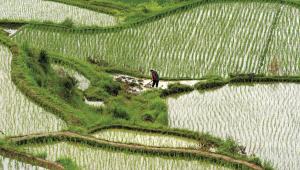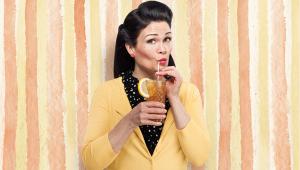The Inside Scoop
A Look At A Traveling Commercial Photographers Gear Part 1
Face it, you like your equipment.
You started reading Shutterbug for the ads, and there isn't an
issue that comes where you don't check out the price on some photo
item you must have. I started my obsession with all things photographic
roughly 20+ years ago, and it has hardly abated since. Defining "Commercial" |
|||
I've shot all kinds of location jobs. In some cases I've shown up with a camera and shot the job, in others I've rented makeup trailers, stylists, location scouts, film trucks, and other expensive stuff. My typical job, however, is a lot more mundane. In the studio I tend to shoot a mix of people and products, catering to the technology-oriented clients I deal with. Location shoots vary according to the client, the Art Director, and the eventual usage. On Location |
|||
The Flash Case |
|||
I can squeeze a ton of stuff
into the 104. Here's what I brought on this shoot: Balcar Concept
P2 battery-powered strobe pack; Balcar Concept P4 AC-powered strobe
pack; Balcar Concept B3 battery charger; Balcar Concept CB3 external
battery pack; Balcar Concept Z2 800 ws strobe head (x2); Balcar concept
Z4 1600 ws strobe head; Balcar extension cables (x3); Balcar FX70 reflectors
(x3); Chimera speed rings (x3); GVI radio slave system. Film Cameras |
|||
The Lighting Case |
|||
Digital Cameras The last piece of gear that
any good location photographer needs is a good folding cart. All of
the pros I know own and use Ruxxac carts, and I swear by mine. I can
flop the Pelican 104 down sideways, then put both the Tenba and Lowepro
bags on top and simply pull the golf case behind me. This allows me
to travel without an assistant if needed, and roll all four bags together,
single handedly. That's efficiency! |
- Log in or register to post comments
























































